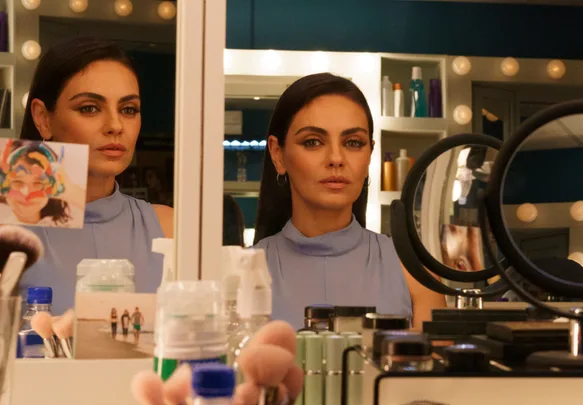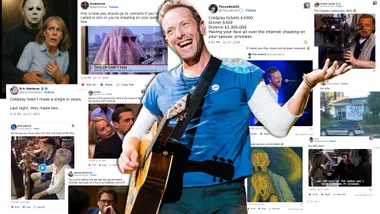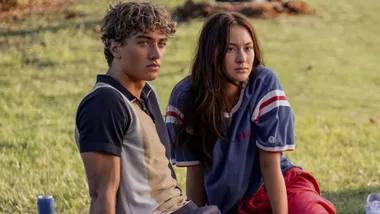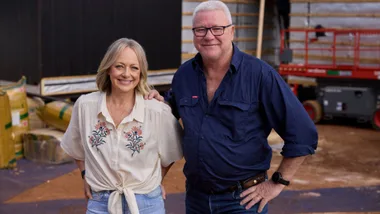Netflix’s Luckiest Girl Alive explores several incredibly important themes in its 115 minutes. From the impact of victim-blaming to the depths of trauma, the narrative serves as an important reminder of the implications associated with all interactions between humans—big and small.
Mila Kunis stars as lead character Ani, a successful writer who is forced to revisit the traumatic gang rape she endured by three boys she went to high school with when she was 15. She had resisted thinking about it, let alone acknowledging what happened by building herself a life that looked impeccable from the outside. But when a documentary-maker comes along asking her questions about her past, it becomes apparent that Ani’s demons will never stop taunting her until she properly addresses the harrowing event.
The film explores Ani’s journey to heal, but as we all know, that process is never easy—and the storyline has several major twists (including allegations that Ani was a perpetrator of violence) leaving viewers with several questions at its end.
It also pays to note that while specifics of the narrative are works of fiction, the story was inspired by a real event—author Jessica Knoll, who wrote the film’s screenplay, was gang raped in high school, but she didn’t acknowledge it for many years.
Below, we unpack the film’s ending and the important message Knoll wanted to share with it.
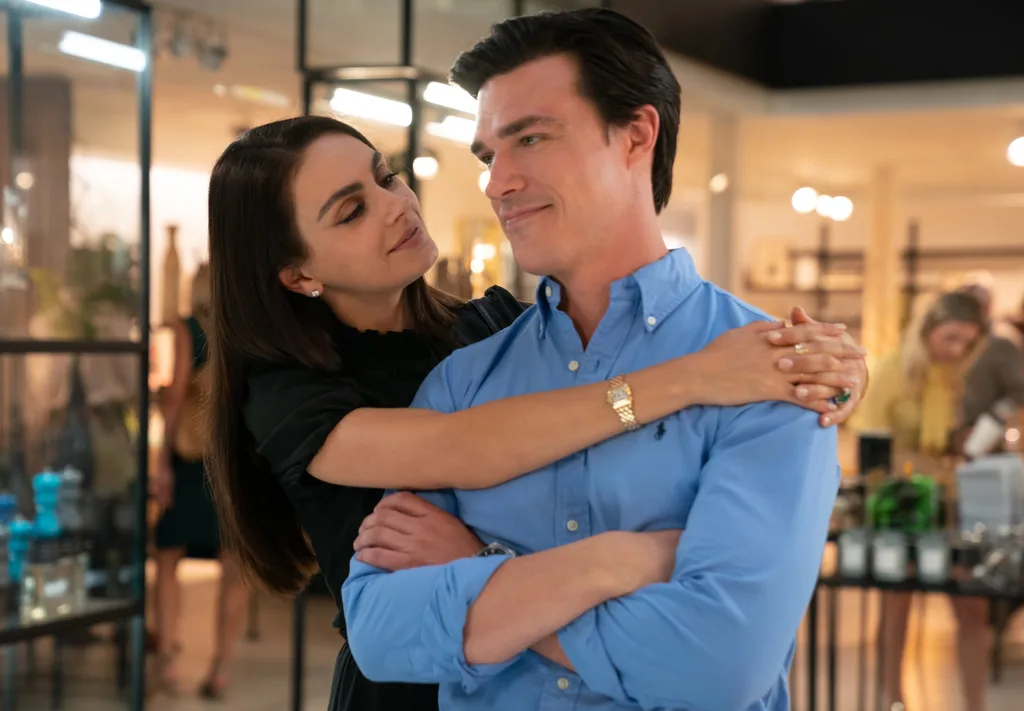
Luckiest Girl Alive ending explained
At the end of the film, Ani ultimately decides not to marry Luke (Finn Wittrock), her “dream” man that she had spent years hiding her true self from in order for him to think she was perfect.
Instead, she decides to confront her trauma head-on. She records Dean (Alex Barone), one of her rapists, admitting that he raped her. Empowered by finally accepting and embracing her true self, Ani pens and publishes a powerful essay about what happened to her, which prompts hundreds of other women to come forward to share their stories of assault. She decides to take a job at the New York Times, and having accepted and told everyone that she was a victim—not a perpetrator—the rose at the end symbolises her full redemption story.
It’s a powerful way to show that while revisiting past trauma and accepting it as part of yourself is uncomfortable and challenging, it can also be liberating. It also shows that speaking out, particularly when that exposes major injustices, can help so many other people, too.
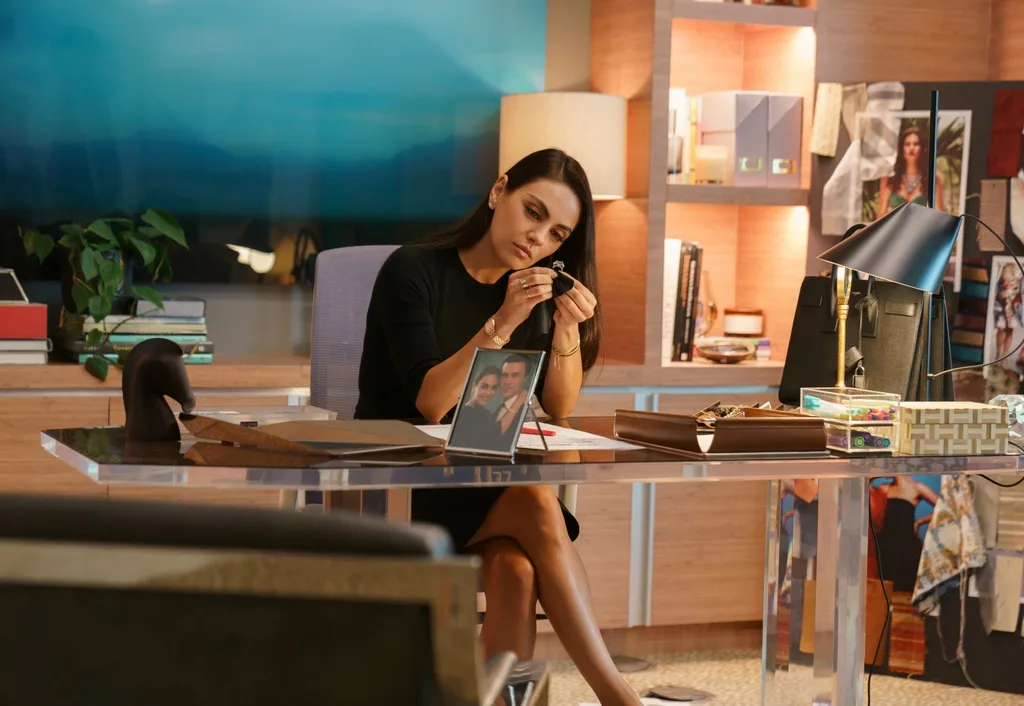
The school shooting scene with Ben and Arthur
Ben and Arthur were Ani’s friends, and they were angered for her when she was assaulted by the three teenage boys. Arthur was also riled when Ben was badly bullied by them. The events culminate in the pair deciding to take the extremely irrational approach to “cleanse” the high school of the teens who had tormented and traumatised others.
Two of Ani’s rapists are shot dead while the third is paralysed from the waist down. Later, it’s revealed he went on to become an activist for gun control in the US, which further complicates Ani’s thoughts about coming forward with her story.
Knoll has recently spoken about why she decided to write the confronting school shooting scene into the story, revealing that the Columbine massacre occurred while she was in high school and it stuck with her.
“[Ani] is now carrying the fact that [her rapists] are a ‘good victim’. They’ve been gunned down. The community is mourning their deaths. Then, on top of it, Dean does something good and powerful with what happened to him. It becomes very, it becomes even harder for her to come forward,” Knoll told Today.
“I still had the idea in my head that what happened to Ani wasn’t bad enough, because that’s what happened to me. I thought I had to make it worse,” she added.
However, Knoll’s journey to begin healing wasn’t dissimilar to Ani’s in the film. Knoll spent seven years unwilling to acknowledge the trauma that she had endured at the hands of her high school rapists, but eventually, she talked about it with a therapist and when she wrote her book, she, like Ani, finally accepted and shared the truth about her story. This was a powerful moment not only for Knoll, but for many others who read her words and found them comforting as they processed their own trauma.
